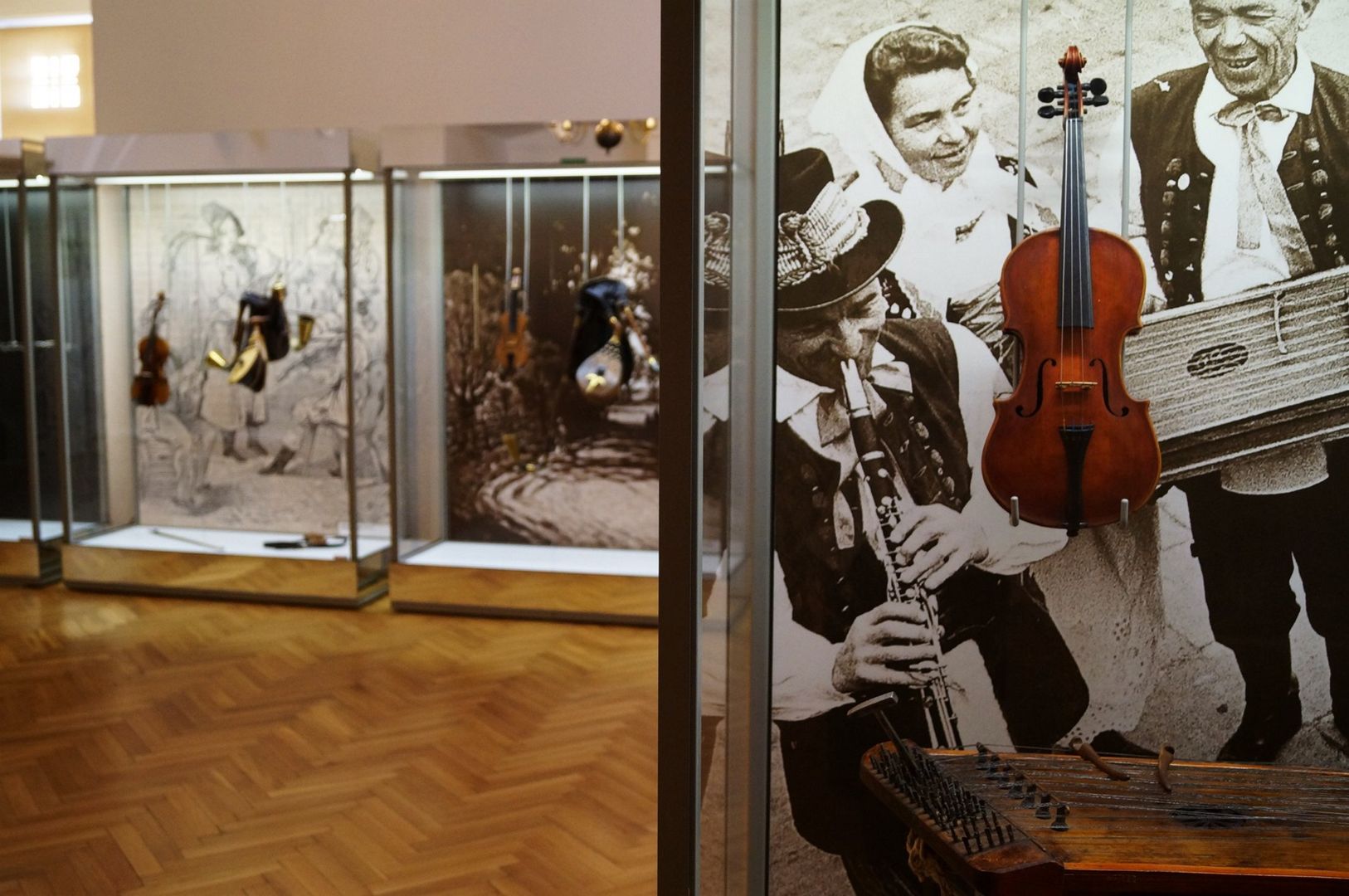Museum of Folk Musical Instruments in Szydłowiec
8.11

Overview
The Museum of Folk Musical Instruments in Szydłowiec, operating since 1968, is housed in a Renaissance castle dating back to the 15th–16th centuries. As an institution of the Masovian Voivodeship local government, the museum collects, protects, and promotes Polish and European folk instruments, while also documenting phenomena related to musical traditions. Its collection includes around 2,500 museum objects, among them a unique assortment of harmoniums, violins, and bagpipes. The museum organizes a variety of cultural events, including exhibitions, concerts, and competitions for building folk instruments, making it a hub of living musical folklore.
Notable artifacts include a 19th-century hurdy-gurdy and 20th-century Podhale and Żywiec bagpipes, as well as documents related to the history of Szydłowiec. As the world’s first museum dedicated solely to folk instruments, it has received numerous awards, including the "Sybilla" and "Mazowieckie Zdarzenie Muzealne." Permanent exhibitions such as "Instruments… – See and Hear the Tradition" and "The Magic of Instruments: The Curiosity of the Three-Voice Invention" blend educational and aesthetic aspects, presenting instruments in their historical context.
The castle’s architecture, with nearly 600 years of history, provides valuable insights into its former significance and patronage. In 2019, the museum expanded into a new wing, enhancing its offerings and capacity. Building on the tradition of folk music, the institution continues to renew and expand its collections, engaging the community and fostering interest in Poland’s musical heritage.
Location
City
Szydłowiec
Tertiary Administrative Division
Szydłowiec
County
Szydłowiec County
State
Masovian Voivodeship
Country
2025 Wizytor | All Rights Reserved